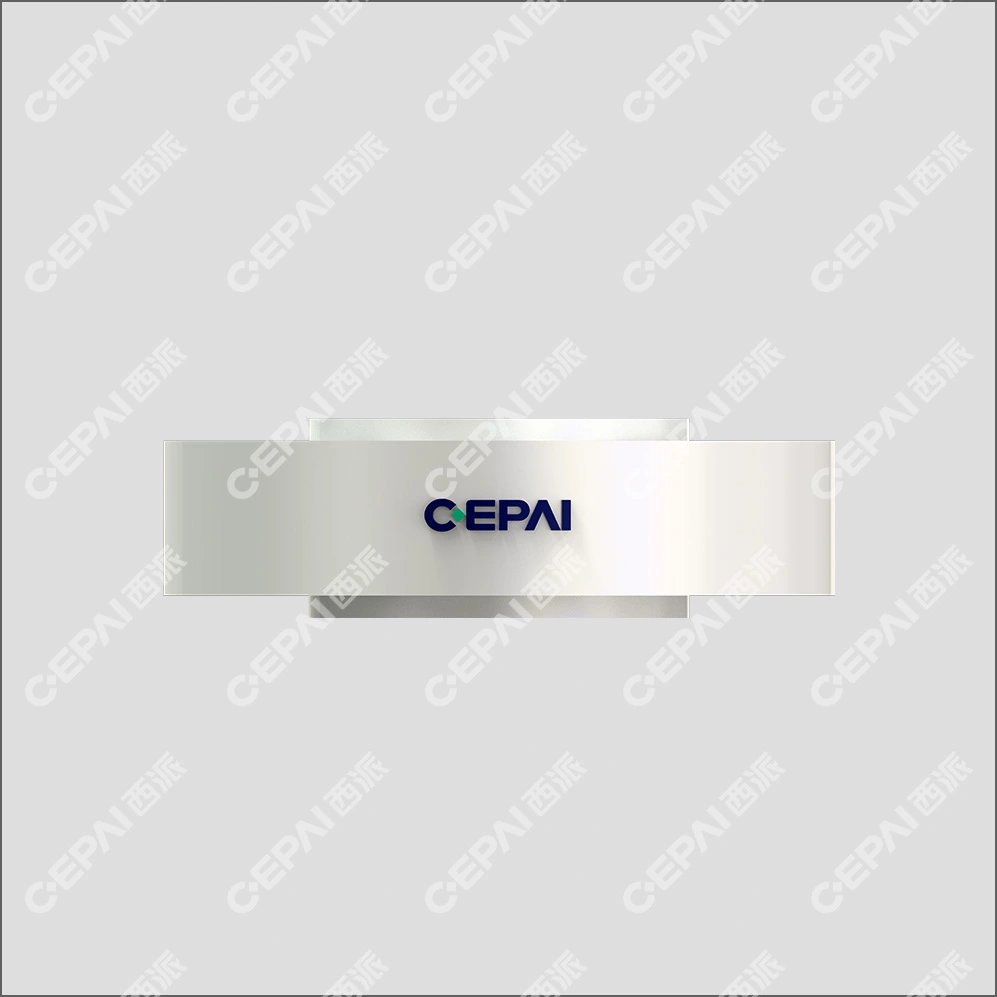Wafer-Style Dual Plate Check Valves: Compact and Versatile
Design and Construction
Wafer-style dual plate check valves are characterized by their slim profile and lightweight design. These valves feature a disc-shaped body that fits between two flanges in a piping system. The body houses two semi-circular plates hinged at the center, which open and close to control flow. Typically constructed from materials like stainless steel, carbon steel, or ductile iron, wafer-style valves offer excellent corrosion resistance and durability.
Applications and Advantages
Wafer-style dual plate check valves find extensive use in industries such as water treatment, HVAC systems, and chemical processing. Their compact design makes them ideal for installations with limited space, reducing the overall footprint of the piping system. These valves are particularly effective in applications with frequent flow reversals, as their quick-closing action minimizes the risk of water hammer. Additionally, their lightweight nature contributes to easier handling and installation, potentially reducing labor costs.
Maintenance and Considerations
While wafer-style valves offer many benefits, they require careful consideration during maintenance. The absence of a dedicated body means that the entire valve must be removed from the line for inspection or repair. However, this design also simplifies the replacement process, as the valve can be easily swapped out between flanges. Regular inspection of the sealing surfaces and hinge mechanisms is crucial to ensure optimal performance and prevent leakage. When selecting wafer-style dual plate check valves, engineers must consider factors such as pressure ratings, temperature limits, and compatibility with the fluid being transported to ensure long-term reliability.
Lug-Style Dual Plate Check Valves: Enhanced Accessibility and Maintenance
Structural Features
Lug-style dual plate check valves represent an evolution in valve design, offering improved accessibility and maintenance capabilities. These valves feature a body with integral lugs or ears on both sides, allowing them to be bolted directly to mating flanges. The lug design provides a secure connection and enables easy removal of the downstream piping without disturbing the upstream side. This structural arrangement contributes to the valve's versatility and ease of maintenance in various industrial settings.
Operational Benefits
One of the primary advantages of lug-style dual plate check valves is their ability to function as end-of-line valves. This feature allows for downstream equipment removal or maintenance without the need to drain the entire system, significantly reducing downtime and associated costs. The lug design also enhances the valve's stability within the piping system, reducing stress on adjacent components. These valves typically offer excellent sealing capabilities, with options for metal-to-metal or soft seat designs to accommodate different media and operating conditions.
Installation and Maintenance Considerations
Installing lug-style dual plate check valves requires careful attention to bolt torque specifications to ensure proper sealing and prevent flange distortion. During maintenance, the ability to remove the valve from one side of the piping system simplifies inspection and repair processes. This design feature is particularly beneficial in systems where frequent valve servicing is necessary or in applications where minimizing system downtime is crucial. When selecting lug-style valves, engineers should consider factors such as the valve's pressure rating, temperature limitations, and compatibility with the process fluid to ensure optimal performance and longevity.
Full-Bodied Dual Plate Check Valves: Robust Performance for Demanding Applications
Structural Integrity and Design
Full-bodied dual plate check valves represent the most robust option among the three main types. These valves feature a complete, enclosed body that houses the internal components, providing superior protection and structural integrity. The full body design allows for higher pressure ratings and better resistance to external stresses compared to wafer or lug-style valves. Typically constructed from materials such as cast steel, stainless steel, or specialized alloys, full-bodied valves offer exceptional durability and longevity in demanding industrial environments.
Performance in High-Pressure Systems
Full-bodied dual plate check valves excel in high-pressure applications where system integrity is paramount. The enclosed design provides better containment of process fluids and reduces the risk of leakage, making these valves ideal for use in petrochemical plants, power generation facilities, and offshore platforms. The robust construction allows for the incorporation of additional features such as dampening mechanisms to reduce slam and wear, extending the valve's operational life. These valves often offer superior sealing capabilities, with options for metal-to-metal seats or resilient seals to accommodate a wide range of process conditions.
Maintenance and Lifecycle Considerations
While full-bodied dual plate check valves offer superior performance, they also require more comprehensive maintenance procedures. The enclosed design necessitates complete removal from the piping system for internal inspection or repair, which can be more time-consuming compared to wafer or lug-style valves. However, this design also provides better protection for internal components, potentially reducing the frequency of required maintenance. When selecting full-bodied valves, engineers must carefully consider factors such as material compatibility, pressure and temperature ratings, and specific application requirements to ensure optimal performance throughout the valve's lifecycle. Regular preventive maintenance, including inspection of sealing surfaces and plate mechanisms, is essential to maintain the valve's integrity and efficiency in critical applications.
Conclusion
Understanding the three main types of dual plate check valves - wafer-style, lug-style, and full-bodied - is crucial for making informed decisions in industrial valve selection. Each type offers distinct advantages, catering to different application requirements and operational needs. Wafer-style valves provide compact solutions for space-constrained installations, lug-style valves offer enhanced maintenance accessibility, and full-bodied valves deliver robust performance in demanding environments. By considering factors such as installation space, maintenance requirements, pressure ratings, and system specifications, engineers can select the most appropriate dual plate check valve type to ensure optimal system performance, reliability, and efficiency.

Contact Us
Ready to optimize your industrial valve solutions? Contact CEPAI Group for expert guidance on selecting the perfect dual plate check valve for your specific application. Our high-quality valves ensure superior performance and reliability. Reach out to us at cepai@cepai.com to discuss your valve requirements and experience the CEPAI difference in industrial flow control solutions.





